News
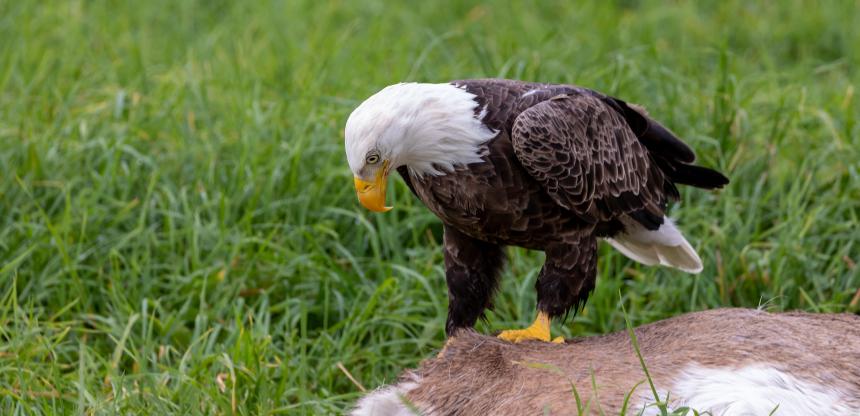
February 23, 2022
The bald eagle’s comeback is one of America’s most famous conservation success stories. But despite the boom in their numbers, bald eagles still face many threats, including poisoning from ingesting lead bullets.
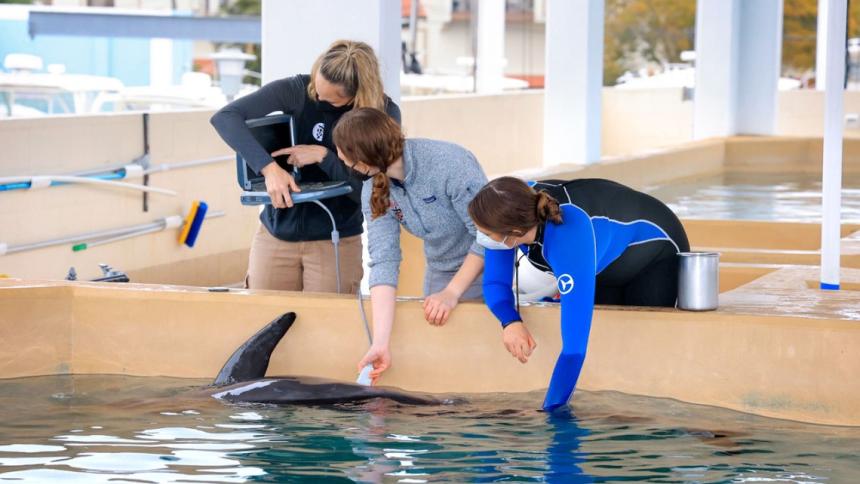
February 21, 2022
Cornell veterinary student Michelle Greenfield, DVM '23, has leveraged her lifelong passion for aquatic animals to produce Aquadocs – the only aquatic veterinary podcast as well as a top 50 life sciences podcast on iTunes. Each show dives into a different facet of marine and aquatic veterinary health.
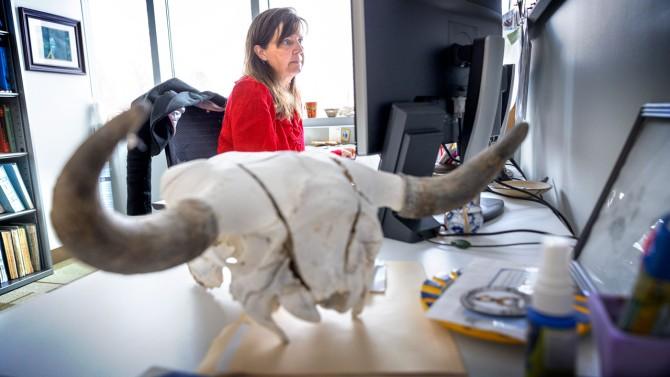
February 17, 2022
The New York State Wildlife Health Program is a key partnership between Cornell and the New York State Department of Environmental Conservation. The program coordinates responses when disease strikes New York’s wild animals and it helps prevent outbreaks, in domestic animals and people too, by translating data into policy.
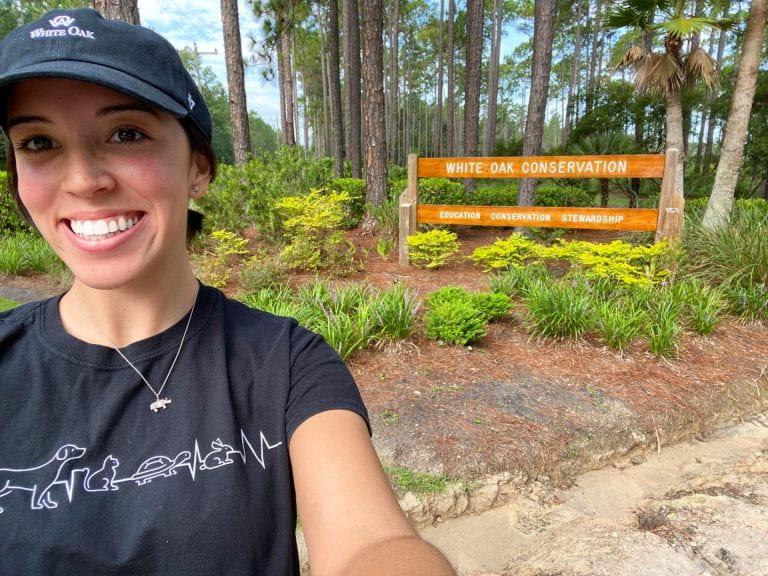
Blog
February 14, 2022
Cornell veterinary student Carolina Baquerizo, DVM '24, describes her experience completing a summer externship in wildlife medicine at the South-East Zoo Alliance for Reproduction and Conservation (SEZARC).
Podcast
February 07, 2022
In this podcast, Dr. Krysten Schuler, a wildlife disease ecologist and co-director of the Cornell Wildlife Health Lab, and Jen Grauer, a Cornell PhD student, discuss their latest project to track and study wild moose, led by the New York State Department of Environmental Conservation.
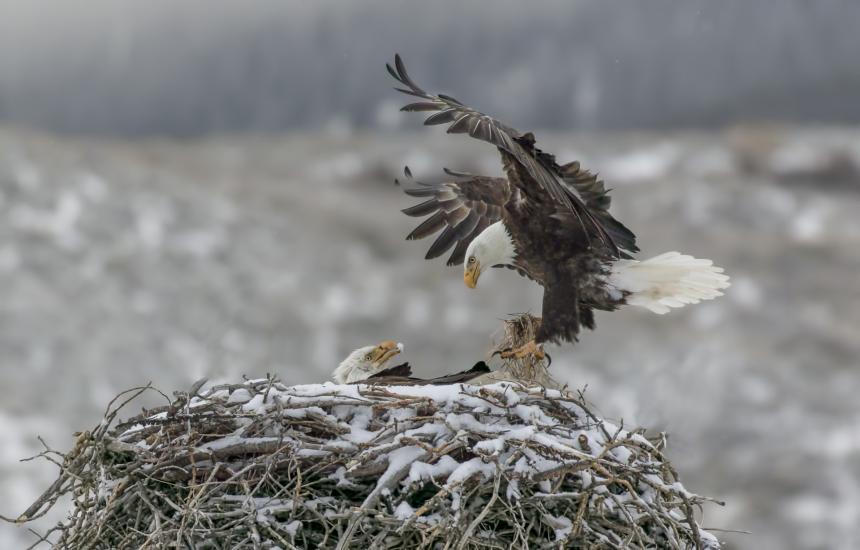
Blog
February 04, 2022
Long before I was aware of the problem, professionals of veterinary medicine and pathology treated, rehabilitated, or necropsied ill, dying, or dead bald eagles. The wild birds had been presented for care after they ingested lead fragments from spent ammunition....
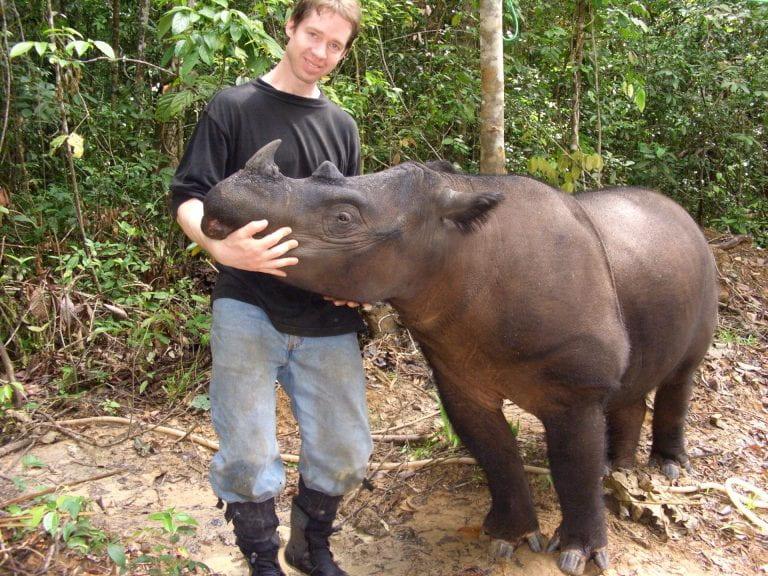
Blog
February 01, 2022
Cornell veterinary student Colleen Sorge, DVM '24, speaks with Cornell Wildlife Veterinarian Dr. Robin Radcliffe about his career in wildlife health and conservation.
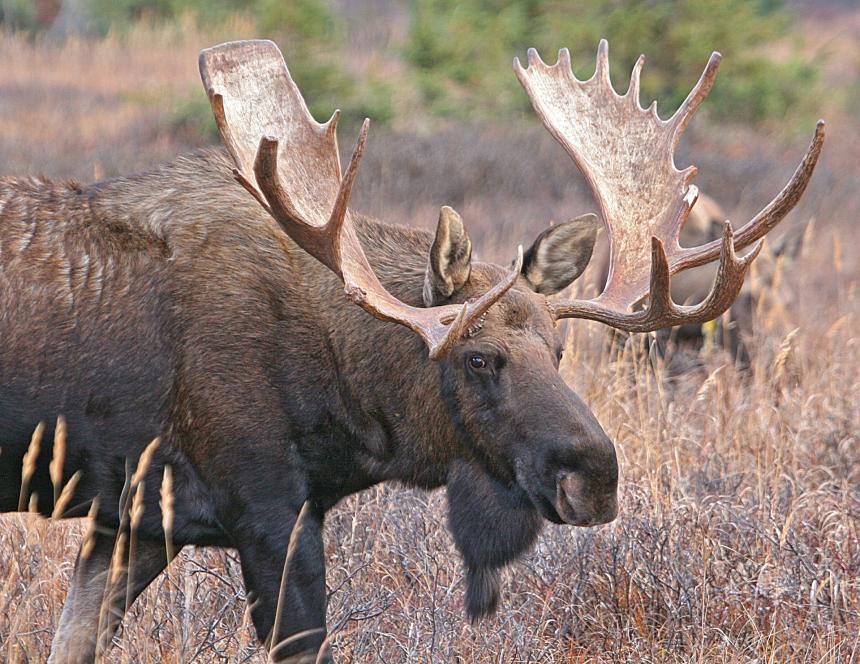
January 27, 2022
The New York State Department of Environmental Conservation announced the start of a new moose research project in the Adirondack region. They will be working with partners, including Cornell, to assess moose health and population.
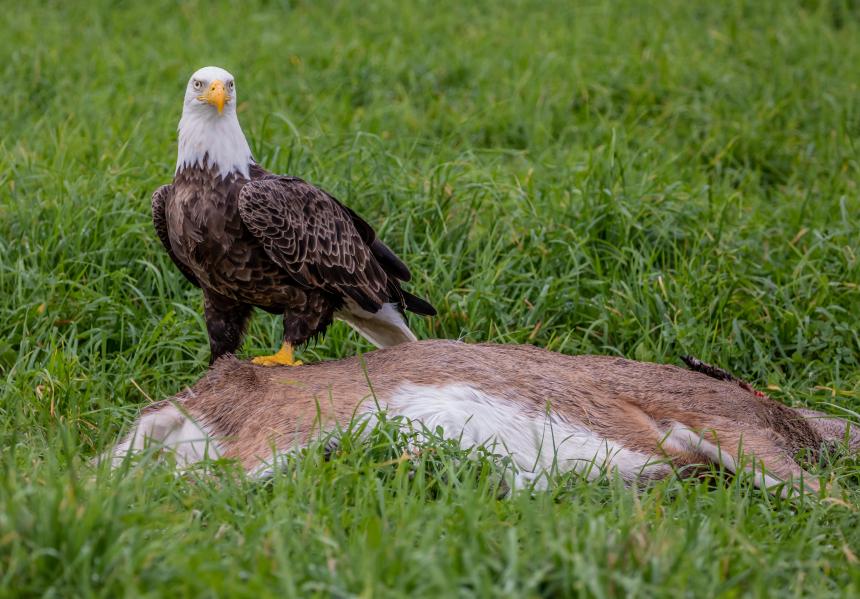
January 26, 2022
The bald eagle population has slowly recovered from the impact of a pesticide that nearly drove them to extinction decades ago. But now researchers at Cornell University have found that lead ammunition continues to hamper the resilience of these American icons.
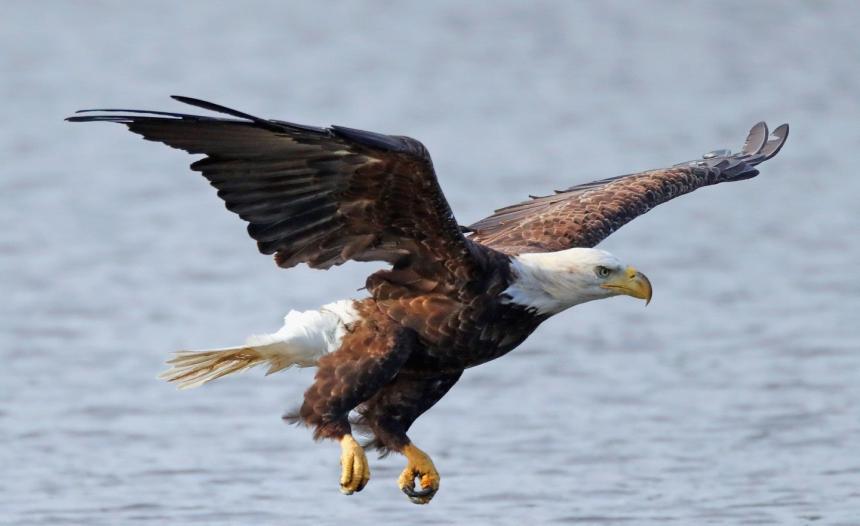
January 23, 2022
As the number of American bald eagles has continued to soar in recent years, Cornell researchers are now warning the species’ reemergence is being threatened by lead poisoning from gun ammunition.
